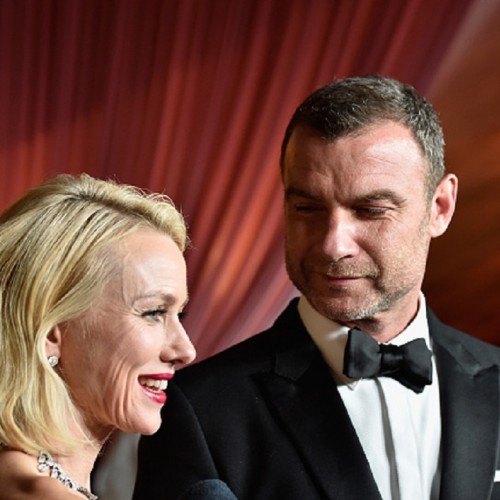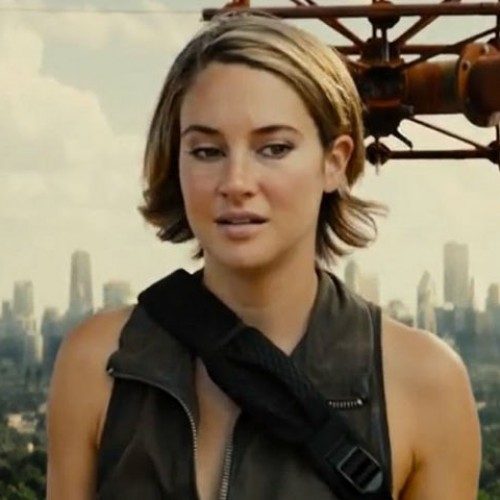Naomi Watts Pulls Off 'The Impossible' To Critical Acclaim
LOS ANGELES (Reuters) - Days after the devastating 2004 Indian Ocean tsunami, actress Naomi Watts took part in a fundraising telethon spearheaded by George Clooney to help the region's hundreds of thousands of people in 14 nations whose lives were shattered.
Little did Watts know that eight years later she would be starring in "The Impossible," out in the U.S. movie theaters on Friday, about a real family's experience in Thailand. The tsunami and earthquake killed more than 5,000 people, and resulted in 2,800 missing in that country alone.
Yet when the actress was first approached to star in the film, directed by Spanish filmmaker Juan Antonio Bayona, she hesitated.
"I thought, how do you make a movie about a tsunami without it becoming some sort of spectacular disaster movie?" Watts, 44, told Reuters. "That would be so wrong."
However once Watts read the script, she said was moved by the story based on the real-life Spanish family of Maria Belon, her husband Enrique Alvarez - played by Ewan McGregor in the movie - and their three sons.
Belon's family were spending their Christmas holiday in Thailand when the tsunami hit. The film follows their struggle to survive, injured and separated, in the aftermath and their perseverance in finding each other amidst the chaos.
"I felt a huge amount of pressure because of the responsibility to Maria's story," said Watts. "And on her back, she carries the stories of everybody else because hers is connected to the lives of hundreds of thousands of people. I felt a sense of responsibility."
PLAUDITS FOR WATTS' PERFORMANCE
The British-born, Australian actress delivered, despite her fears. So far, her performance has earned Watts best actress nominations from the Golden Globes, the Screen Actors Guild and the Broadcast Film Critics Association.
The New York Observer wrote in its review that "Watts seems almost spiritually committed to her role" while The Hollywood Reporter said she "packs a huge charge of emotion as the battered, ever-weakening Maria whose tears of pain and fear never appear fake or idealized."
Watts credits the real Maria Belon for being "an open book" when it came to recalling her personal experience during that harrowing time.
The two met before shooting began, and Belon was on the film set. Belon, a physician in Spain, also wrote detailed letters chronicling her experience, including taking refuge in a tree and the Thai villagers who discovered her weak and injured body.
One of the more challenging aspects of the shoot was recreating the tsunami, a 10-minute sequence in the film that Watts said took six weeks to shoot on location in Spain. Rather than creating the tidal wave digitally, actors were anchored in water tanks with the current pushing at them and "debris being chucked at you."
Watts said that while the challenge of shooting the sequence was incomparable to the suffering of those who went through the ordeal in 2004, it was "physically the most demanding thing I've ever done."
There was much more dialogue scripted during that sequence but "you were struggling to breathe and we quickly learned that once you open your mouth, water is going in and nothing is coming out.
"Though it was difficult, I'm grateful we got that kind of level of fear and intensity," she added.
What offset the intensity during the shoot was having her sons Sasha, 5, and Sammy, 4, visiting Watts on the set. "We had them paint stuff on themselves like scars and wounds, then rub them off so they could see it wasn't real," recalled Watts.
It's a far cry from the way she used to approach her work before having kids, such as her Oscar-nominated performance as a grief-stricken mother the 2003 film "21 Grams."
"I was taking everything home with me, staying up all hours, writing, thinking, researching ... just living with torment," Watts recalled of that time. "I can't live like that at this point in my life with little ones. I am a mom of two small kids and once I put the key in the door, it's my duty to be totally present."








